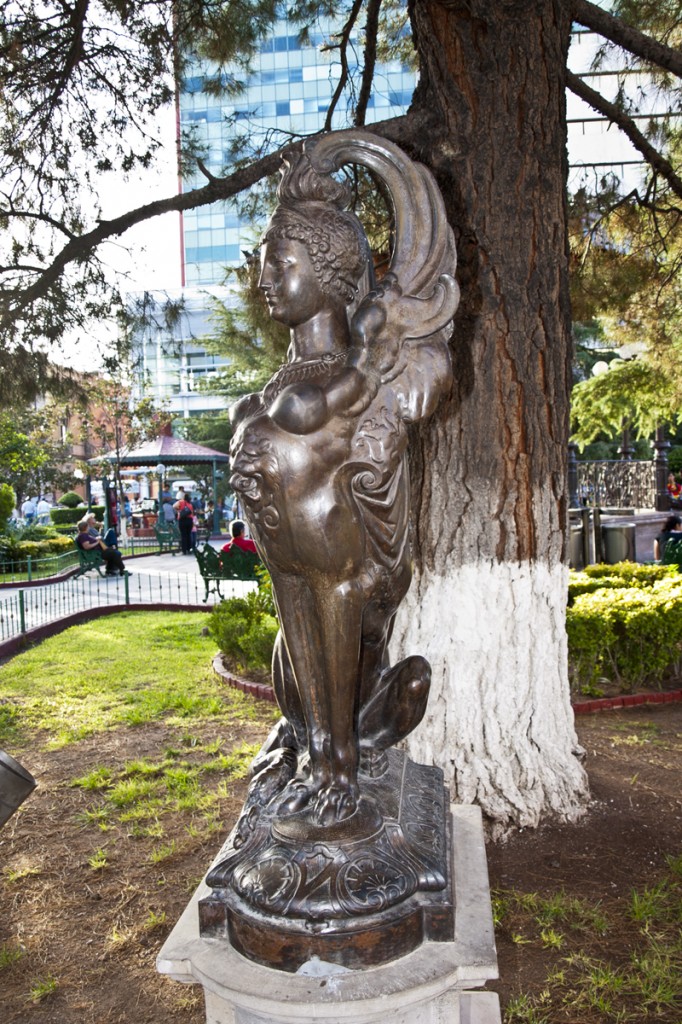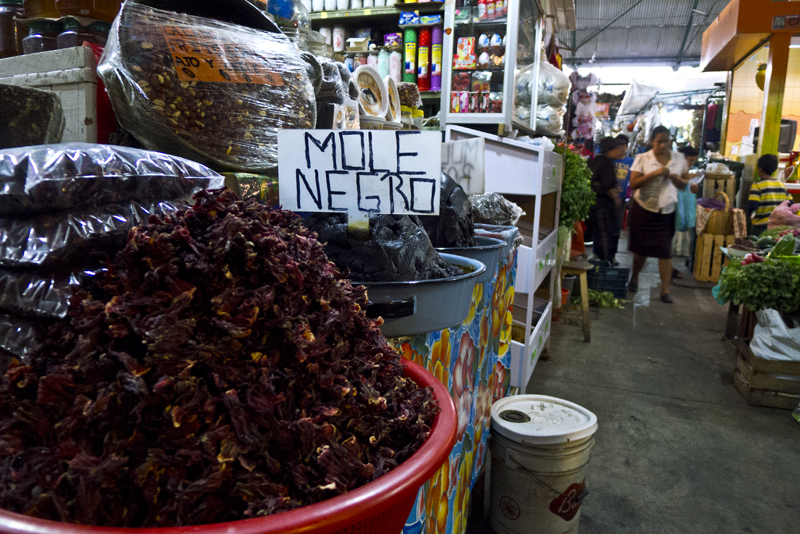
A couple of years ago, Peña Nieto got rid of the garitas, the internal Customs and Immigration checkpoints on every highway penetrating from the border. The garitas mostly served as chokepoints, where travelers paid bribes to import restricted goods.

With the elimination of the garitas, the rules got a little murkier. Janos used to be inside the border zone, but now, according to the immigration authorities at the border, a permiso is required to visit Janos. But no one checks to make sure a traveler has his permiso, because there are no Customs or Immigration personnel anywhere but on the border and border city airports and bus stations.
Permisos aren’t hard to get. You complete a short form at the bridge, and the Immigration agents give you the paper slip and stamp your passport. Immigration offices are at the Stanton Street bridge, the Santa Teresa crossing, and the Bridge of the Americas. If your stay in Mexico is less than a week, the permisos are free. If your stay in Mexico is more than a week, the permiso costs about twenty bucks, which you pay at the Immigration office when you leave the country. Your extended permiso is good for as long as 180 days, but not, supposedly, for multiple trips. You could, of course, always claim that you never crossed over to El Paso, that you stayed in Juarez. Technically, it’s a sound argument, and impossible for Mexican authorities to disprove, but probably not worth the potential hassle.
Maybe you can get a friend to give you a ride to the bus station, or the airport. If not a friend, then maybe your brother-in-law. But unless they’re used to driving in Juarez, they’ll think you owe them big time. Bus service to the airport or bus station is Byzantine. Take a taxi. Rates are variable. From Avenida Juarez, a taxi ride to the airport costs around 350 pesos. To the bus station, your fare will be around 150 pesos. You can save a couple of bucks by walking in a couple of blocks from the bridge. If you catch a cab from Avenida Juarez and Cristobal Colon, the street just past the Kentucky Club, the fares should be 300 to the airport and 120 to the bus station. Taxis in Juarez don’t have meters, so get your driver to commit to a fare before you throw your luggage into the trunk.
Driving your car through Mexico is a little bit of a hassle. You have to place a deposit on your vehicle, to make sure that you don’t sell it in Mexico, at a Mexican army bank, according to this website from the U.S. Consulate in Guadalajara. The deposit doesn’t have to be a cash bond if you can leave them credit card information. You can probably drive your car to Casas Grandes without documentation (I have), but I wouldn’t drive it to Chihuahua, because there are more police jurisdictions between Juarez and Chihuahua and they need to be fed. Besides, public transportation works in Chihuahua, but I’m not sure you can take a bus from Nuevo Casas Grandes to Mata Ortiz, or Paquimé.

In Ciudad Chihuahua, stay in one of the “quaint” hotels in downtown (I recommend the Jardin del Centro). Buy a carafe of Padre Kino from the grocery store and drink it on the patio. Take the tourist bus from the Plaza de Armas to many of the more significant attractions in the city, or just wander through the city center.
Or take a plane to one of Mexico’s other attractions. Skip the beach towns. They’re full of tourists you are lucky to not be like. Instead, go to the historical colonial towns, like Oaxaca, or San Luis Potosí, or San Miguel de Allende. Spanish is useful, but you’ll be okay if you smile, and carry a song in your heart.

When I went to Chihuahua City the statues/sculptures really impressed me. The one of Anthony Quinn is very nice indeed, as Zorba the Greek.
Just came accross this article and really enjoyed it. Mexico is well worth visiting. Over the past 45 years I have lived and travelled in Veracruz, Campeche, Yucatan, Quintana Roo, Oaxaca and Chiapas. Though I moved to the Borderland in 1996, I have never explored the State of Chihuahua. Your article has reminded me that there is no time like the present. You can go anywhere in Mexico by very comfortable and reasonably priced bus service. You can also take an international bus from the Mexico/Guatemala Border as far as Panama. Well worth seeing Central on a while you are at it. If you don’t mind simplicity, hotel rooms can be found for as low as $20. The simpler the mode of travel the better the opportunity to interact with the people.